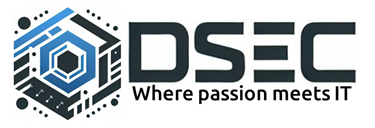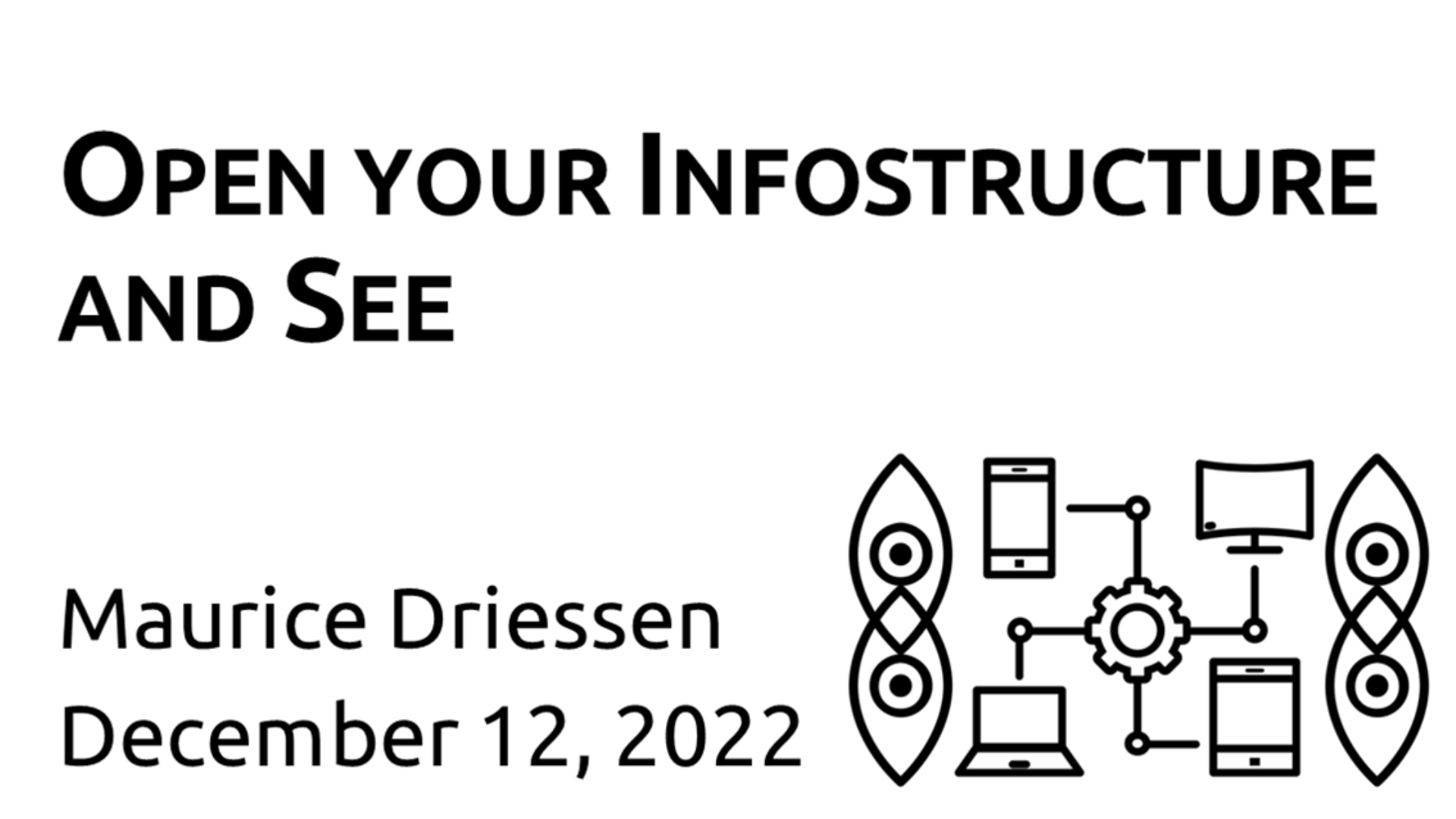Observability platforms have a significant impact on the reliability, performance, and efficiency of your infostructure, and can help businesses to achieve their goals and objectives more effectively.
Your Infostructure’s paradigm shift to cloud native solutions puts your business at risk. With microservices architectures, service meshes, immutable infrastructure, containers, orchestrators, functions-as-a-service, and the growing interdependency between them, the complexity of your IT operation significantly increases. Due to the increased complexity recovering from an outage requires more time and effort and as a result may take down your business.
Business outages can be prevented by observability platform solutions. These platforms can help businesses prevent outages by providing real-time visibility into their systems and infrastructure, enabling them to quickly identify and diagnose problems, and take proactive measures to prevent outages before they occur.
What
- An observability platform is a software solution that provides real-time visibility into the performance and health of a company’s systems and infrastructure. Observability platforms are used by businesses to monitor, diagnose, and resolve problems with their systems, applications, and networks.
- Observability platforms typically provide a range of features and tools, such as monitoring and alerting, root cause analysis, and incident management. These features help businesses to quickly identify and diagnose problems with their systems and take appropriate action to prevent outages and maintain high levels of availability and performance.
- Observability platforms are an essential part of modern IT infrastructure, as they provide businesses with the visibility and insights they need to ensure the health and performance of their systems. By using observability platforms, businesses can reduce the risk of outages and downtime, and improve their overall operational efficiency and performance.
- OpenTelemetry is an open-source observability framework that provides a set of libraries, APIs, and integrations for collecting, storing, and analyzing telemetry data from applications and services. OpenTelemetry is designed to be vendor-neutral and language-agnostic, and it supports a wide range of programming languages, platforms, and tools. OpenTelemetry provides a consistent set of APIs, libraries, and integrations that enable developers to instrument their applications and services with minimal effort, and to collect telemetry data from those applications and services in a consistent and interoperable manner.
- Observability platform solutions, compatible with the OpenTelemetry standard, are available as both open source and commercial of-the-shelf solutions, or as cloud native Software as a Service. The OpenTelemetry compatibility provides assurance the OpenTelemetry components in your business solution integrate with all compatable platforms. This provides opportunities for a gradual transformation of the observability capabilities of your landscape.
Use
- An Australian provider of end-to-end payment solutions required a solution that could provide real-time visibility into infrastructure performance and online services, to ensure 100 percent uptime of payments and meet customer expectations. Since deploying Splunk Enterprise, the time spent on detecting and troubleshooting incidents has been reduced by 50 percent.
- A leading curb management technology company needed a robust monitoring solution that would provide visibility into their IoT devices, as well as their scaling cloud resources. Datadog’s unified SaaS platform gave them complete visibility into their environment from edge to cloud, deepening their understanding of the health and performance of each piece of their system.
- A ride sharing platform’s business grew exponentially, so did the software architecture complexity. They decided to move to a distributed microservices architecture. In fall 2015, they had around five hundred microservices. As of early 2017, they had over two thousand. Down this road their homegrown observability platform felt short. The components in their observability architecture were gradually replaced with Jaeger, positioning Jaeger to be a turnkey, end-to-end distributed tracing system.
Impact
- Improved reliability and performance: Observability platforms enable businesses to gain real-time visibility into the performance and health of their systems and applications. This allows them to quickly identify and diagnose problems and take proactive measures to prevent outages and maintain high levels of availability and performance.
- Faster incident response: Observability platforms provide tools and features that enable businesses to respond to incidents and outages in a coordinated and efficient manner. This can help reduce the time it takes to resolve problems and restore normal operations and can help prevent outages from escalating and causing further damage.
- Enhanced operational efficiency: Observability platforms provide insights and analytics that enable businesses to better understand and optimize their systems and applications. This can help businesses to improve their overall operational efficiency and effectiveness, and to reduce costs and improve profitability.
- Improved collaboration and communication: Observability platforms can facilitate collaboration and communication among teams, enabling them to work together more effectively to resolve problems and improve performance. This can help to foster a culture of continuous improvement and drive better overall results for the business.
- Observability platforms have a significant impact on the reliability, performance, and efficiency of your infostructure, and can help businesses to achieve their goals and objectives more effectively.
Tech
Standards
Enterprise observability platforms
Open Source observability platforms

